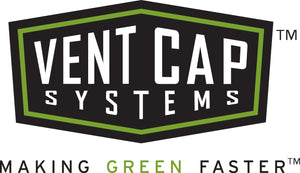Water vapor through a barrier?

Question:
What's the unit of measure for water vapor through a barrier?
Answer:
Perms (and what a sweet one that is!)
While the hairdo may not be as influential as it used to be, vapor barriers - justifiably - are getting more and more attention.
Why?
Controlling humidity is arguably the most important - and potentially controllable - aspect of Building Science. Air conditioning itself was created when Carrier devised a way to lower the humidity in his library. The cooler air resulting started a revolution. (Thank God!) Aside from comfort, the damage from not controlling humidity in your home can be disastrous.
Maybe you've never heard the term vapor barrier, but you've certainly seen new builds with "Tyvek" printed all over the outside - or maybe the inside. . . It all depends on where you live. In more humid climates you'll see the vapor barrier on the outside. While dryer climates have them on the inside trying to keep the warmth and moisture in.
Vapor Barriers ALWAYS keep the Moisture, or humidity, always flows from areas with more humidity to those with less. If you keep it out, the air in your home can be uncomfortable dry. If you trap it in - you might create a breeding ground for molds and mildew. Ever leave water in an ice chest for too long? On a home's scale, these effects can have health and construction consequences.
I.E. The rate at which water vapor flows through a barrier (like Tyvek) is measured in Perms!








Leave a comment
Please note, comments need to be approved before they are published.